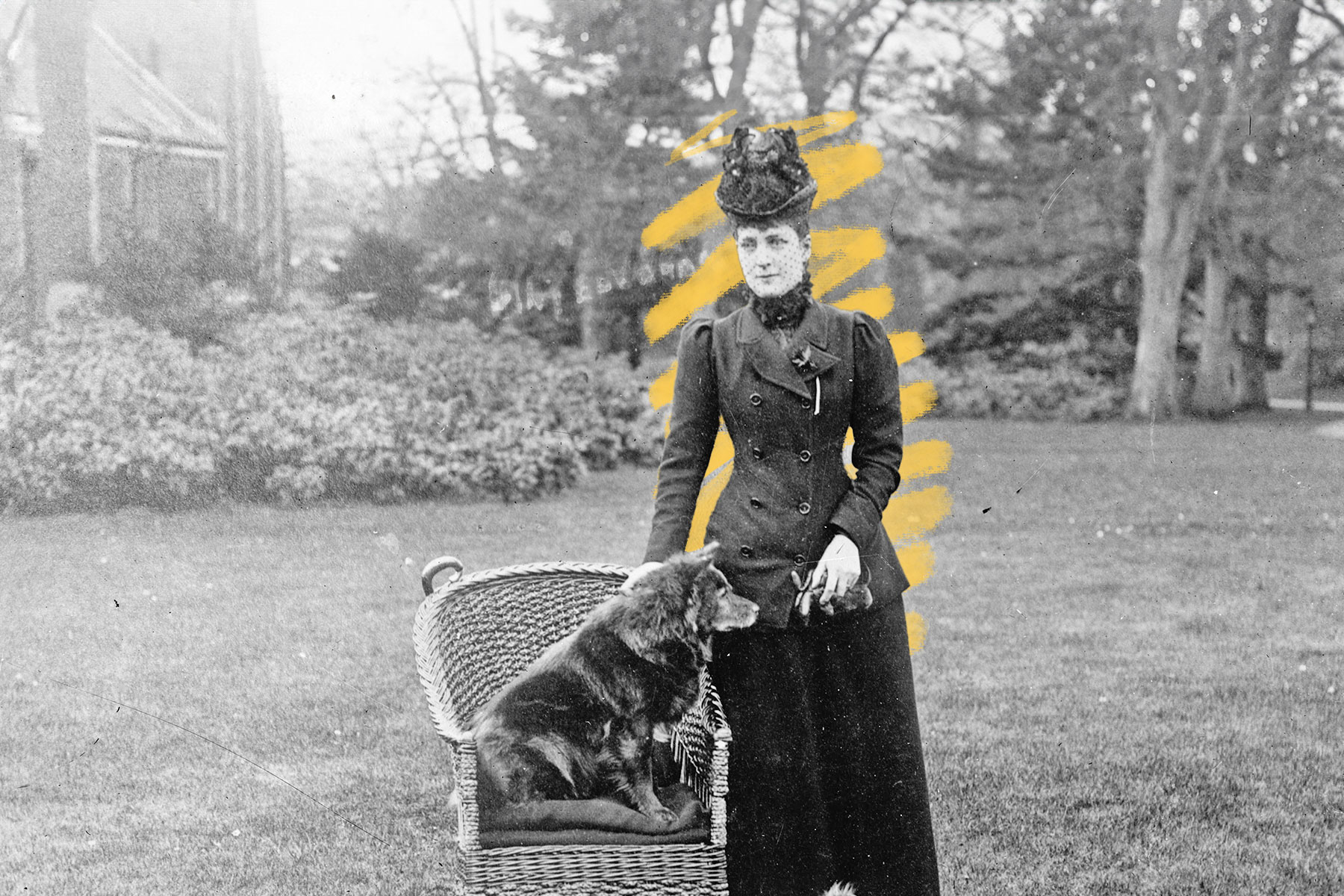Limping was a fad in Victorian England.
In Victorian-era Britain, few fashion icons were as influential as Alexandra of Denmark, aka Alexandra, Princess of Wales, who became Queen Alexandra in 1901 when her husband took the throne after the death of Queen Victoria. Alexandra married Prince Albert, later King Edward VII, in 1863, joining the royal family just as photography rose to prominence, and her style spread through Britain like wildfire. When she started wearing broad, elaborate, choker-style necklaces — supposedly to cover up a scar on her neck from childhood — they caught on, and stayed in fashion for the next several decades.
After the birth of her third child in 1867, the princess developed a severe case of rheumatic fever that left her with a stiff knee and a pronounced limp, and she sometimes used mobility aids such as walking sticks to get around. It was far from a style choice, but high-society ladies were so eager to imitate her that they even adopted her gait in a trend known as the “Alexandra limp.” At first, Alexandra’s able-bodied imitators wore mismatched shoes to get the walk, but eventually retailers took notice. Shops started stocking pairs of shoes with two different heel heights to capitalize on the limping craze. Sometimes a walking stick completed the look. Even at the time, the trend was considered in poor taste. “There must be a line at which even fashionable folly may be expected to stop short… at the caricaturing of human infirmity,” read a column published in the Scottish newspaper Courier and Argus. Ultimately, the Alexandra limp didn’t have the same longevity as thick chokers, and the trend passed quickly.















